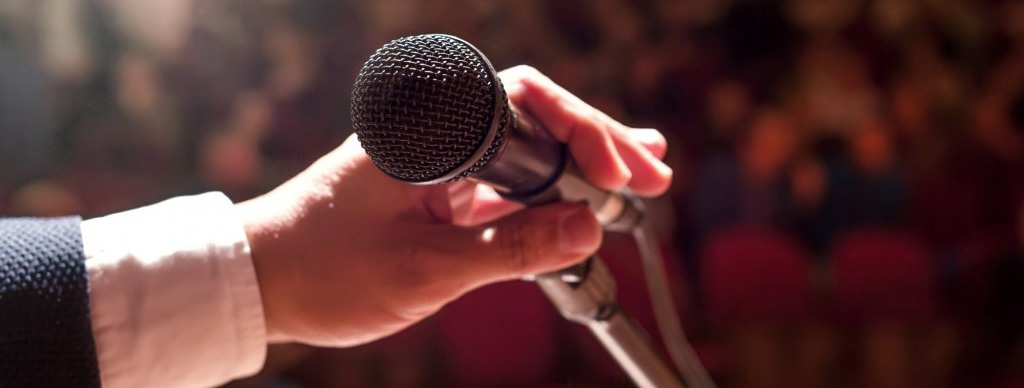
Imagine this scenario: You’re sitting in the audience, listening to a speaker deliver a presentation. Their words are eloquent, their arguments compelling, yet something feels off. Despite the polished speech, you can’t shake the feeling of disconnect. What’s missing? It’s the silent symphony of nonverbal communication, a crucial aspect often overshadowed by the power of words. In the realm of public speaking, mastering this silent language can be the difference between captivating an audience or leaving them cold.
Nonverbal communication encompasses gestures, facial expressions, body language, and vocal cues. While words convey explicit meaning, these nonverbal signals subtly shape how messages are received and interpreted. Research suggests that up to 93% of communication effectiveness is determined by nonverbal cues, leaving only 7% to spoken words. This staggering statistic underscores the importance of understanding and harnessing the power of nonverbal communication in public speaking.
The Science Behind Nonverbal Communication:
Numerous studies have delved into the impact of nonverbal communication on audience perception and engagement. One notable study conducted by Albert Mehrabian, a pioneer in the field of nonverbal communication, revealed the relative importance of different communication channels. According to Mehrabian’s research, 55% of communication effectiveness is attributed to body language, 38% to vocal tone, and a mere 7% to the actual words spoken. This seminal study highlights the significant role of nonverbal cues in shaping audience reactions.
Furthermore, neuroscientists have uncovered fascinating insights into how the brain processes nonverbal cues. Mirror neurons, specialized cells in the brain, fire both when we perform an action and when we observe someone else performing the same action. This neural mirroring mechanism allows individuals to empathize with others and decode their intentions through subtle nonverbal signals. By leveraging this innate capacity for empathy, skilled speakers can establish rapport with their audience and foster a deeper connection.
Mastering the Silent Symphony:
So, how can speakers harness the power of nonverbal communication to enhance their public speaking prowess? Here are some actionable tips:
1. Cultivate Self-Awareness: Begin by observing your own nonverbal cues during practice sessions. Pay attention to your gestures, facial expressions, and posture. Are they congruent with your message? Practice maintaining open body language and making eye contact to convey confidence and authenticity.
2. Adapt to Your Audience: Recognize that different audiences may respond differently to nonverbal cues. Tailor your gestures and vocal tone to resonate with the cultural norms and preferences of your audience. Empathy and adaptability are key to establishing rapport and fostering engagement.
3. Utilize Strategic Pauses: Silence can be a powerful tool in public speaking. Strategic pauses not only allow for emphasis and reflection but also give the audience time to process information. Embrace moments of silence to punctuate key points and build anticipation.
4. Harness the Power of Vocal Variety: Beyond words, your vocal tone and cadence play a crucial role in conveying emotion and emphasis. Experiment with variations in pitch, volume, and pacing to infuse your delivery with dynamism and energy.
5. Seek Feedback and Iterate: Solicit feedback from trusted peers or mentors to gain insights into your nonverbal communication strengths and areas for improvement. Embrace feedback as a valuable opportunity for growth and refinement.
Conclusion:
In the realm of public speaking, mastering the silent symphony of nonverbal communication is essential for captivating and persuading audiences. By understanding the science behind nonverbal cues and honing our own expressive abilities, we can elevate our impact as speakers and forge meaningful connections with listeners. So, let’s embrace the power of nonverbal communication and unlock new dimensions of influence and persuasion on the stage of public speaking. 🌟
🖋️ Written By: Farah Firoze 🖋️

